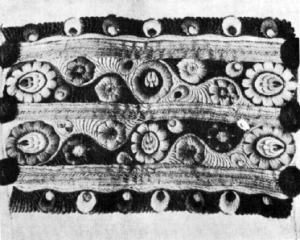Section I: History of Hungary
Introduction
This brief history focuses on the main developments of Hungary within the context of European history. The Árpád kings, who ruled for over 400 years, were the descendants of the tribal leaders who led the Hungarians into the Carpathian Basin in the ninth century. During the Middle Ages and Renaissance, Hungary attained substantial territorial gains and became a powerful European kingdom. This era was marred only by the devastation imposed by the brief Tartar incursion (thirteenth century) and the more extensive Turkish invasion and occupation of Hungary (sixteenth and seventeenth centuries). After the liberation from the Turks, the political and external affairs of Hungary were connected with Austria and remained this way until the end of the First World War. Following the First World War many territories historically part of Hungary for over 1,000 years were partitioned to the successor states. The Second World War determined that Hungary was assigned to the Soviet Union’s sphere of influence and became a socialist state.
Today there are an estimated sixteen million Hungarians living in all parts of the world. Ten and one-half million are citizens of the People’s Republic of Hungary, which occupies an area of 35,919 sq. mi. (93,000 sq. km.). There are 3 ½ million Hungarians, who as residents of areas partitioned from Hungary after World War One, live in the countries surrounding Hungary. Their distribution is as follows: Rumania 2,500,000; Czechoslovakia 750,000; Carpatho-Ruthenia 170,000; Yugoslavia 500,000 and several tens of thousands in Austria. Of the 1,500,000 Hungarians who live scattered over five continents, one million reside in the United States.
The Hungarian or Magyar language belongs to the Finno-Ugric language branch, it is not a Slavic tongue. In order of worldwide usage, the Hungarian language is the thirtieth most commonly used tongue.

